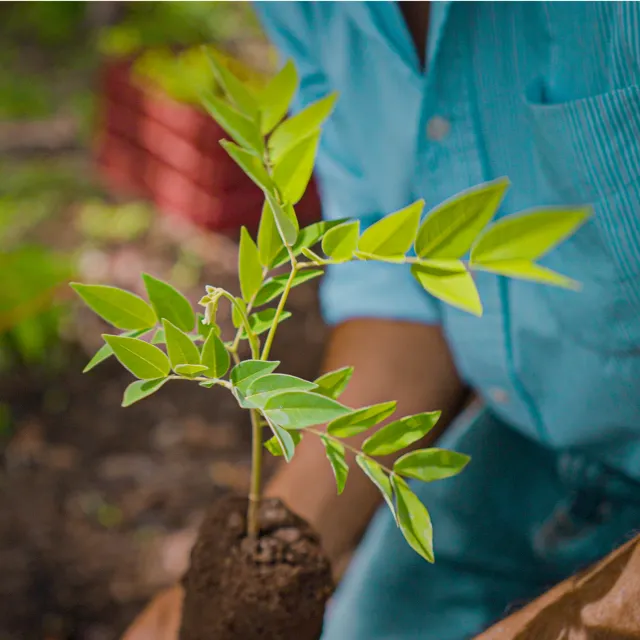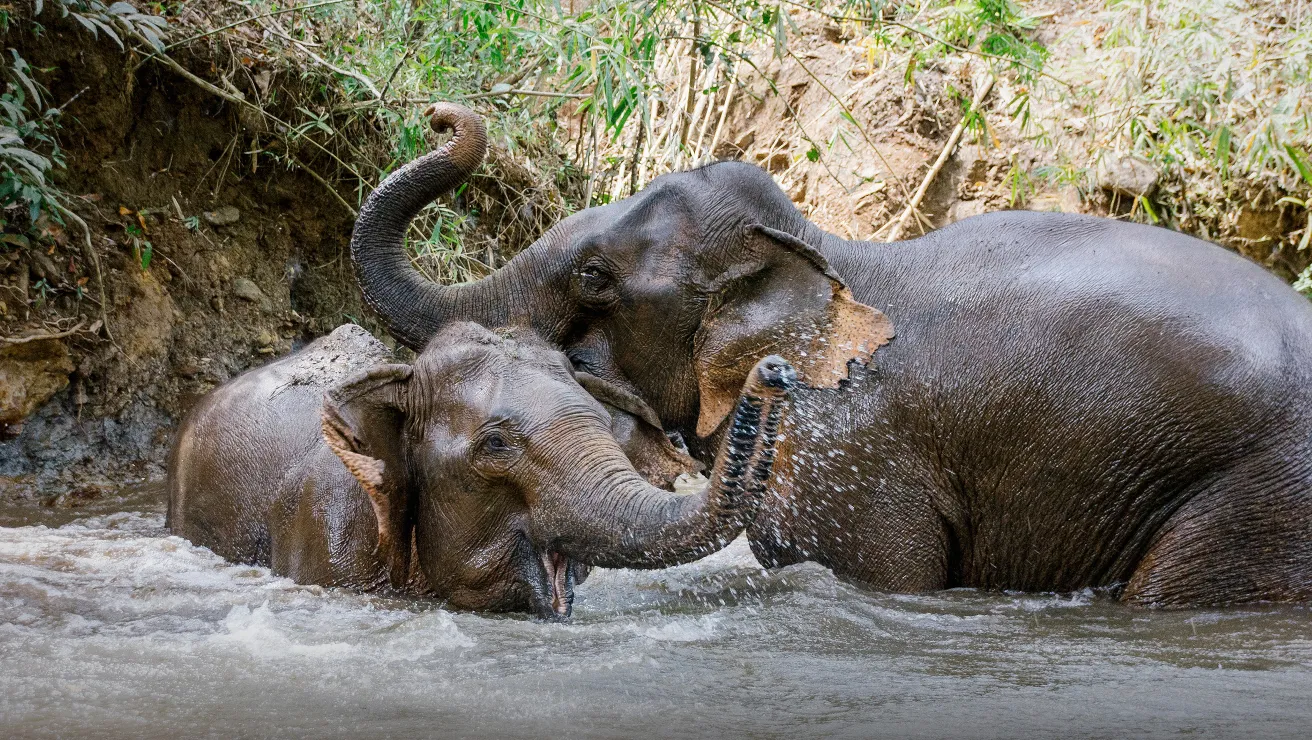
Not all carbon credits are created equal.
While the primary purpose of these credits is to mitigate climate impact, nature-based credits like those from forestry carbon projects offer additional benefits that extend beyond carbon reduction. These are known as co-benefits, and can include improvements in areas like biodiversity, local economies, and social outcomes.
Understanding the co-benefits of nature-based carbon credits is important to help buyers make informed decisions about which carbon credits to invest in.
What are the co-benefits of forestry carbon projects?
Forestry carbon projects offer a range of co-benefits that enhance their value, unlike many engineered carbon removal solutions. These projects not only sequester carbon but also contribute to various environmental, economic, and social improvements.
Consider some common benefits of forestry carbon projects:
Improve water quality and supply
Reduce pollutants and improve air quality
Sequester carbon from the air
Support wildlife habitats and biodiversity
Maintain and enhance soil quality
Provide recreational and economic benefits
Improve rural livelihoods
Promote climate resiliency
Foster social and cultural benefits

Not all carbon credits are created equal
The interconnected nature of these benefits means that each dollar you spend on forestry carbon credits has a multiplied impact. However, you can’t facilitate these positive impacts with just any project.
Not all carbon credits offer the same level of co-benefits. High-quality forestry projects are carefully vetted to ensure they meet rigorous environmental, social, and governance standards. This ensures that the credits purchased not only achieve carbon reduction but also contribute to broader sustainability goals.
Assessing the co-benefits of carbon projects
There is a wide range of methods used to measure and monitor co-benefits of carbon projects, but in general, a baseline analysis is conducted before the project starts to assess pre-project conditions, and regular monitoring is done to measure changes in conditions following project implementation.
Social benefits often align with the United Nations Sustainable Development Goals (SDGs), requiring identification of relevant SDGs, projected contributions, and annual performance assessments.
Biodiversity, an environmental co-benefit, is measured by setting objectives and monitoring related variables to assess the effect of the carbon project. Third-party standards like CCB, SD VISta, W+, and the Ecosystem Restoration Standard provide guidance and verification for biodiversity-related outcomes, among other co-benefits.
For example, CCB ensures projects simultaneously address climate change, support local communities, and conserve biodiversity, while SD VISta certifies benefits from gender equity and economic development to affordable clean energy and restoration of wildlife. It is best practice to certify co-benefits with a third-party standard to independently monitor and verify these outcomes for the duration of the carbon project.
Higher quality credits tend to command a higher price point
Companies may find carbon credits with co-benefits costlier due to higher demand. According to Ecosystem Marketplace's November 2023 report, Verra credits with certified co-benefits have a 92% price premium, up from 68% in 2021.
The trend spans multiple registries, with an 86% premium for credits linked to UN SDGs. A Boston Consulting Group (BCG) study from 2023 showed that experienced buyers pay a 50% premium for biodiversity co-benefits, while newer buyers pay 30%.
The ripple effects of investing in forestry projects extend well beyond the carbon benefits. To better understand what this looks like, let’s take a look at two carbon projects that create numerous co-benefits in unique ways.

Co-benefits in action: Taking Root's CommuniTree Program
The CommuniTree Program illustrates the co-benefits of forestry carbon credits. Co-founded by Taking Root and the local NGO APRODEIN, this initiative engages over 4,200 smallholder farmers in Nicaragua, integrating tree planting with existing agricultural practices.
- Economic empowerment: by working with so many local farmers, CommuniTree enhances rural livelihoods and facilitates sustainable land use.
- Ecosystem recovery: this approach has led to the planting of over 25 million trees across 14,864 hectares of land, significantly restoring ecosystems.
- Carbon sequestration: the program sequesters more than 4.3 million tons of CO2, combating climate change through substantial carbon storage.
- Community resilience: this initiative strengthens community resilience by improving agricultural yields and diversifying income sources, supporting 173 permanent local jobs.
Arbor Day Carbon has supported the CommuniTree project in collaboration with Taking Root since 2020, planting over four million trees with them.

Co-benefits in action: Keo Seima Wildlife Sanctuary REDD+ Project
The Keo Seima Wildlife Sanctuary in Cambodia, covering nearly 300,000 hectares, is a conservation area supported by the Wildlife Conservation Society (WCS) since 2002. This sanctuary hosts a rich diversity of wildlife and is vital to indigenous communities.
This REDD+ project protects 166,000 hectares from deforestation and has emphasized recognition for the legal land rights of the indigenous Bunong people who live within the project area. It has helped secure Indigenous Community Land Titles (ICTs) for seven villages, with another six in progress.
- Biodiversity conservation: the project safeguards an extensive array of species and forest types, contributing to the protection of Cambodia's ecological heritage.
- Community support: by focusing on community-based conservation, the project ensures that indigenous and local communities receive equitable benefits, empowering them to protect their ancestral lands. Currently 12,000 indigenous Bunong peoples' rights are being defended by this project, codifying their land rights and providing financial support for community-led initiatives.
- Sustainable development: the REDD+ project promotes sustainable forest management, balancing ecological preservation with the economic needs of the local population.
This project demonstrates how forestry carbon projects can achieve significant emissions reductions while delivering essential co-benefits, supporting both people and nature.
Photo credit: Aerial view of Keo Seima Wildlife Sanctuary, Cambodia, Everland, WCS
Start doing layers of good
Arbor Day Carbon intentionally selects projects that can multiply the impact trees can have. Contact us today to talk about projects that foster broader environmental, community, and wildlife benefits while furthering your carbon goals.
